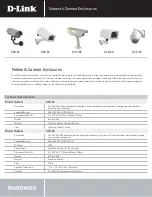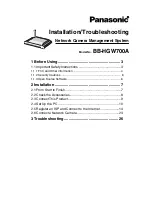
10
13.1 Position the trailer on a firm level surface. Using a suitable socket or wheel brace slacken each
wheel bolt half a turn.
13.2 A suitable jack should be placed
under the axle (see Section 12). Do
not position the jack under the
chassis.
13.3 Remove all five wheel nuts whilst
supporting the wheel. Place the nuts
somewhere safe until refitting a
wheel.
13.4 The wheel bolt threads and
seating surface should be clean and
free of oil and grease.
13.5 If a torque wrench is not
available, either a standard socket bar
or
wheel
brace
(approximately
300mm / 12” long) should be used to
prevent over tightening.
13.6 Do not use foot pressure on the wheel brace or the extra force available from an extension bar.
(Have the nuts reset to the correct torque as soon as possible afterwards.)
13.7 Lift the wheel into place aligning the wheels bolt holes with those in the drum.
13.8 Tighten each nut by hand then lower the trailer to the ground, remove the jack and fully tighten
all the wheel nuts.
14.1 Your trailer requires the same care and attention as the towing vehicle. Although the trailer does
not require an MOT or similar type of test, it is still a legal requirement that the trailer is in a
roadworthy condition.
14.2 Therefore, periodic inspection, cleaning and maintenance is necessary.
Important parts on the trailer to regularly check are: -
Tyre Condition & Tread Depth
Tyre Pressure (see Section 4)
Wheel Nut Torque (see Section 4)
Mudguard fittings
Coupling Head condition and fittings
Breakaway cable condition and fittings
Lights on Lighting Board are all functioning correctly
Condition of Lighting Cable & Plug
All parts are fitted securely
14.3 This list is not comprehensive and the legal requirement that the trailer is in a roadworthy
condition is the responsibility of the person towing the trailer
13. WHEEL CHANGING
14. MAINTENANCE AND CARE OF YOUR TRAILER








































